Hand of Fate 2 is a dungeon crawling rogue-a-like and third person action RPG, which really puts an emphasis on player choice, or at least the perception of player choice. What really makes this game, developed and published by Defiant Development, stand out is its use of deck building to drive its systems and as the manifestation of perceived player choice.
I didn’t get to spend much time with Hand of Fate when it originally released but was intrigued by the concept. A table top dungeon crawler that used a deck of cards to determine your story, enemy encounters and equipment. It’s not that I didn’t like the game but that life just found a way to steal all of my time and bigger games stole the spotlight. However as a fan of table top fantasy adventures I was very happy to get the chance to review Hand of Fate 2 and it has not disappointed.
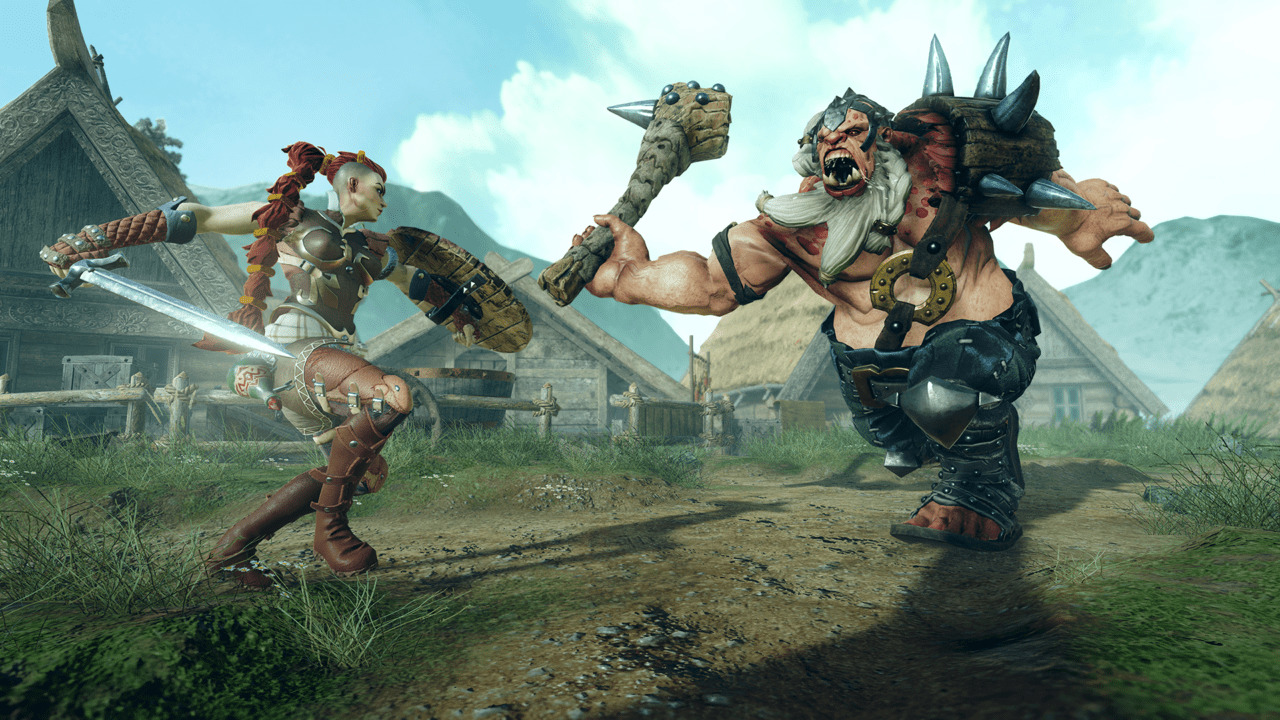
The idea is quite simple. Use a deck of cards to create a unique set of encounters over a story driven game board to complete each mini-campaign. You have a choice on which cards you want to place in the deck, from enemy or chose you own adventure style encounters, to weapons and armour or a choice of companions. These cards are chosen at the start of each mini-campaign, which has its own unique story and board dynamics. The Dealer then throws another set of cards into the deck to create the random game board. Once the ‘dungeon’ map (It’s not really a dungeon so I’ll call it a card map), once the card map has been created you then move your character piece across the cards, revealing them on each turn and dealing with the consequence. You may uncover a blizzard which hampers your progress or injures you, a trader with whom you can buy or sell weapons, or one of a large number of differing enemy types to defeat. This idea is definitely one of the better ways I’ve experienced of keeping that feeling of a table top fantasy adventure. It feels like you could play this with a friend acting as the Dealer over a few evenings, as if it’s first and foremost a card game presented with a video game wrapping.
During each of the mini-campaigns the card map is randomised so can give a unique experience even when playing through the same game. These are greatly varied. In one I climbed a mountain gaining blessings, in another searched a forest for a hunted resident and another saving denizens of a plague ridden city. Whilst your primary goal is to complete each mini-campaigns quest, with some of the cards you reveal helping with this, there are also side quests to complete. These quests, such as companion quests, span the entire play through. You can choose which quest to progress based on which card you place in the deck. This provides a good grounding across the entire campaign rather than the game feeling like a series of vignettes only tied together by the narration of the Dealer. As you progress the game the deck opens up with more cards, giving more choice on the next mini-campaign and providing an expansive feel to what you’re achieving. If you complete a card quest you gain its token. This trades in at the end of a run for a new card, fail the quest and you can return to it on a different run. Get the mini-campaigns gold or silver token and multiple cards will become available to place in the next deck. Failure isn’t always unrewarded however and completing one of the side quests whilst failing the mini-campaign will still result in a new card.
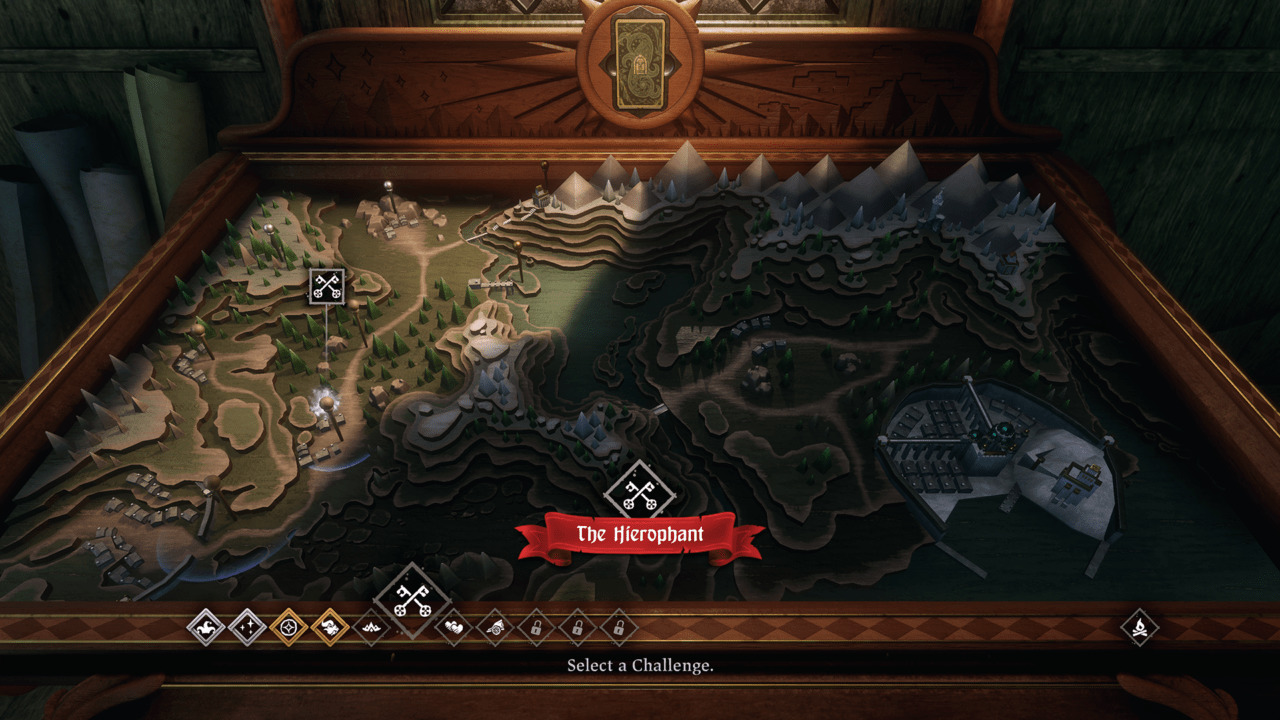
After the first couple of mini-campaigns are complete, establishing the basic games mechanics and narrative, the world opens up. The world map, a carved wooden depiction of the ‘playable’ area, is simple yet let’s you know the type of landscape you’ll be playing in. Placed on the map are pins of the available mini-campaigns. Three are revealed at a time but you can play these games in any order you wish. This really broadens the narrative and makes you feel like you have a choice on where to send your adventurer, or who to tackle next. Whilst the wooden map gives a sense of environment the titles focuses on the characters and story. Mini-campaigns like The Hermit or The Lovers give nothing away except the game will involve them and creates some interest and allure. I was definitely drawn to some titles first and when combined with the environment picked out on the board my mind ran through hundreds of possible scenarios.
The cards themselves are beautifully drawn and, in some case, animated with exquisite colour. Whilst the majority of them look like they’ve been inked in black directly onto card the colour used to present special cards is something else. A more powerful weapon or burning tree is accentuated with a limited palette of colour which is simply but effectively animated. These coloured cards are limited whilst building your deck as they are more powerful than the standard. As described cards come in a variety of categories. You’ll fill your deck mostly with decision-making encounters and equipment whilst also choosing a companion and picking a small amount of supplies to begin each mini-campaign with. Each card feels different in its use and I carefully filled my deck based on the little knowledge I had of the coming quests. I really enjoyed the change in format that ‘Follow that Goblin’ and ‘One drunken night’ provided. There are a lot of stand out encounters and cards which made an appearance in almost all of my different builds.
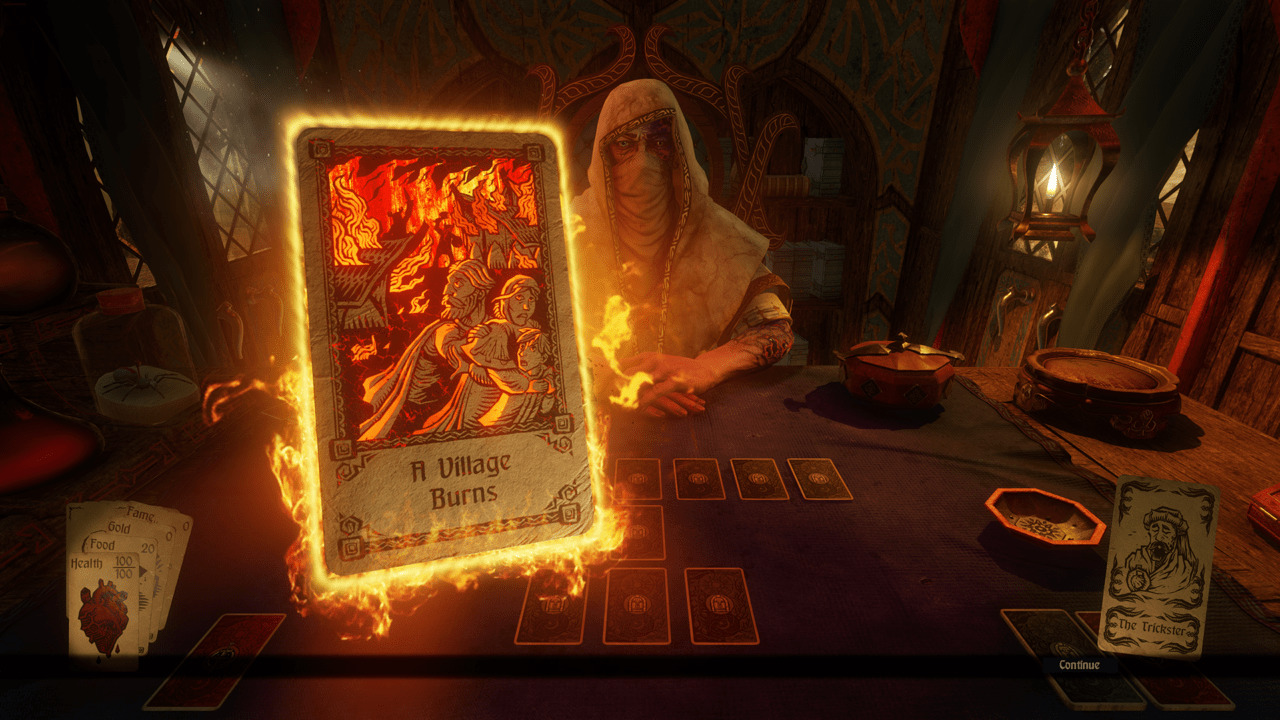
To further provide the sense of player choice and skill some encounter cards ask you to play a variety of games. Dice, roulette and a pendulum make you feel like you’re using your skill rather than relying on luck to achieve the cards goal. Often I found myself berating my poor throw when I could actually have no influence on the outcome of each die or choosing the wrong spot to stop in a card roulette. This kept me invested on the more mundane cards and got me to pick certain cards, such as ‘Arm Wrestling’, when I knew I needed gold from an easy throw to progress the campaign.
Whilst the adventuring has elements of resource management the more intriguing is Fame. This is earned in each mini-campaign and is used to further the encounters or be able to use certain items and equipment. It’s an interesting addition to know you have a weapon available to you if only you can rescue someone from a burning building and Fame, as much as the mini game cards, influences your deck choices.
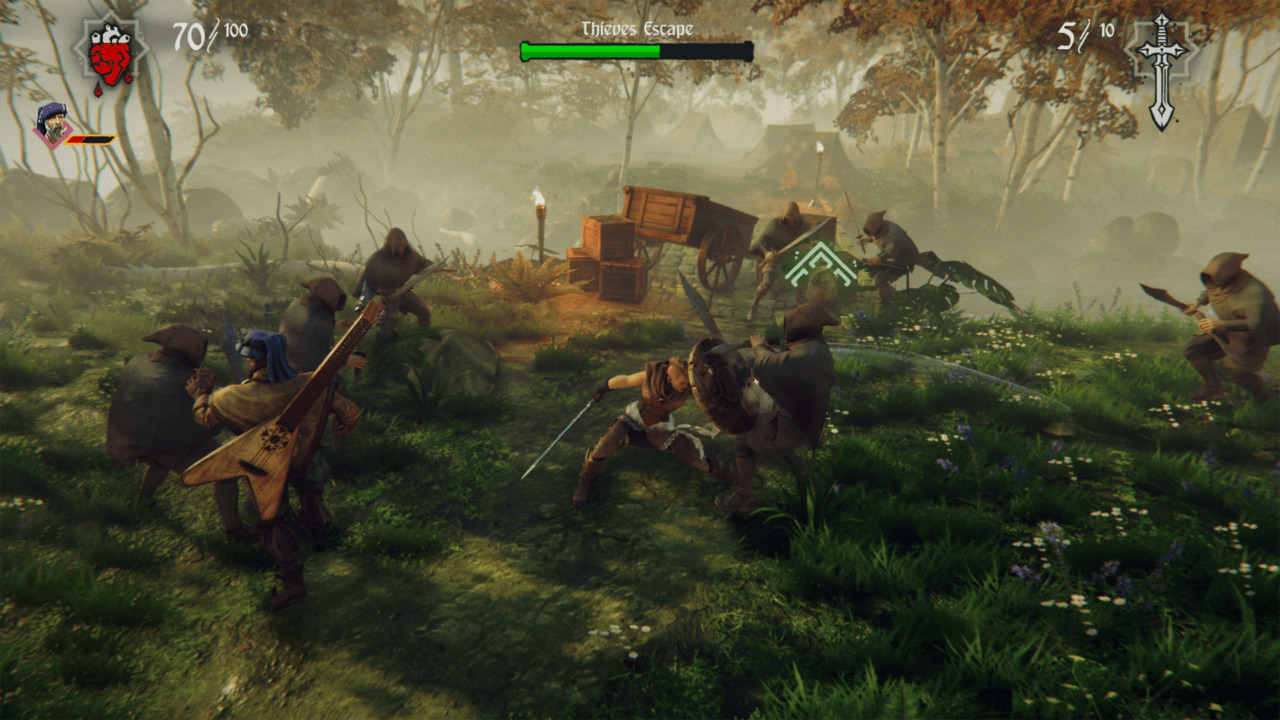
Hand of Fate 2 is almost a game of two halves. First you have the dungeon crawling and deck building aspect which takes place in the well rendered and animated Dealers wagon. The second is combat. Arena battles that put you in an action role. I felt that the dungeon crawling and deck building elements are executed excellently but that the combat, whilst solid, leaves a little to be desired.
Combat takes some getting used to. There is more variation than the first game but different key bindings make your first encounter trial and error if you haven’t investigated the options. But it is improved and it does feel more fluid. My time with the first game left me feeling a little unimpressed with combat and wanting just the adventuring side whilst the second doesn’t really do that. It may be akin to the Arkham style combat, moving between a series of attacks to then dodge or block and parry, but it comes naturally and, at first, I never felt overwhelmed with the encounters. I switched to a control pad as the game supports it and found the transition took a while, a few encounters and several deaths to get used to. Whilst combat feels varied at first with a good selection of differing enemies to encounter and a large inventory of weapons and fighting styles which all have strengths and weaknesses it began to feel repetitive the more I played. Weapons and enemy types can only do so much to combat the attack, dodge, attack, block repetition. This isn’t my only complaint however as also, when in combat, death sometimes feels cheap. You hit the block button and nothing happens, or you execute a dodge on time to still be hit. This did not feel like input lag or poor timing but perhaps the animation speed to actually undertake the chosen defensive move. It didn’t put too much of a dampener on the game but I felt sore after coming away from a combat encounter with little health. Your chosen companions join you on the battlefield and can be directed to perform special moves to support you. Sometimes however they have a mind of their own and I found when down to one or two enemies left in the arena my companion would run in circles not knowing what to do. Either that or they were gloating and celebrating victory early.
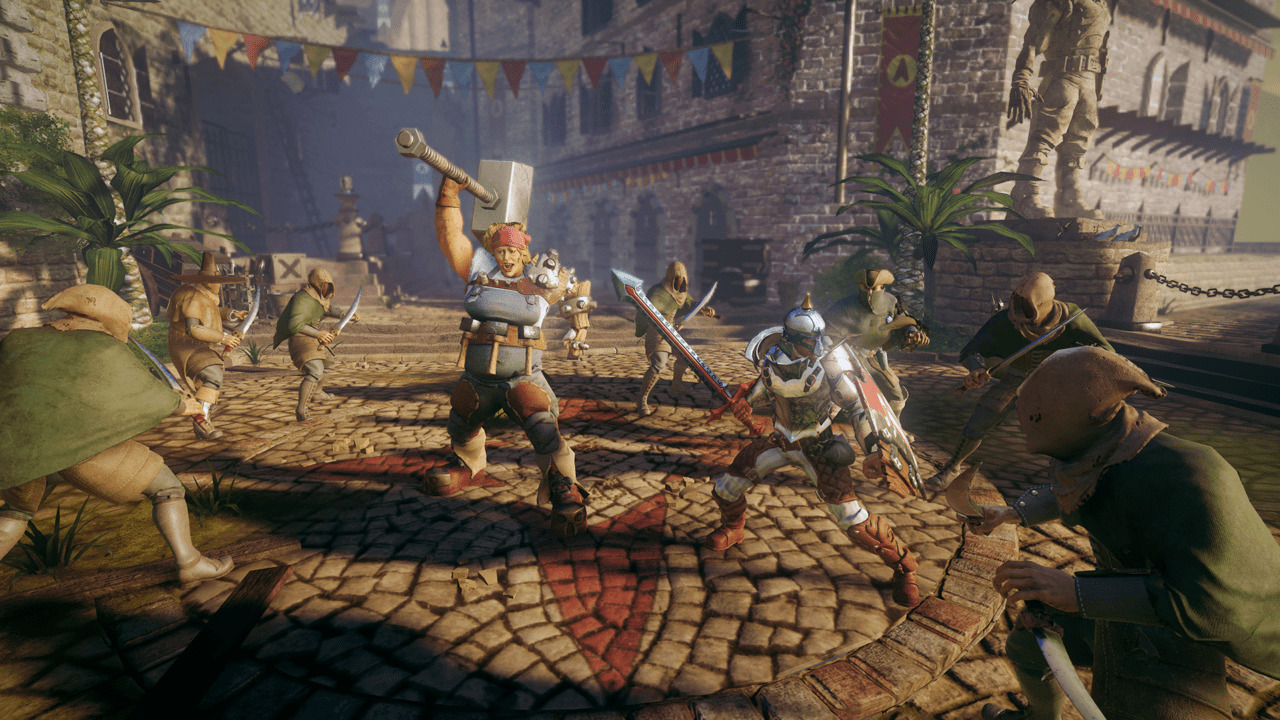
I am really enjoying Hand of Fate 2. It’s one of the best depictions of a table top style fantasy adventure. The deck building and adventuring push me forward wanting to know what comes next and how I can use my ‘skill’ to overcome it. The combat pulls me back slightly and at times I felt like I’d be happy to drop it in favour of more adventuring or simple dice rolls. I can wholly understand it’s inclusion and actually using the equipment I have chosen to smash some skeletons to pieces can feel satisfying.
I don’t think an arbitrary number adds much to the conversation so I don’t have a score. I will state that I think this game is definitely for you if you’re a Dungeon and Dragons player or enjoy table top and card games. I think there’s also something here for players of action adventure RPGs like The Witcher 3 who want something different, varied and a challenge. It is a dungeon crawler, card game and fantasy adventure executed extremely well.
The version reviewed was for the PC.




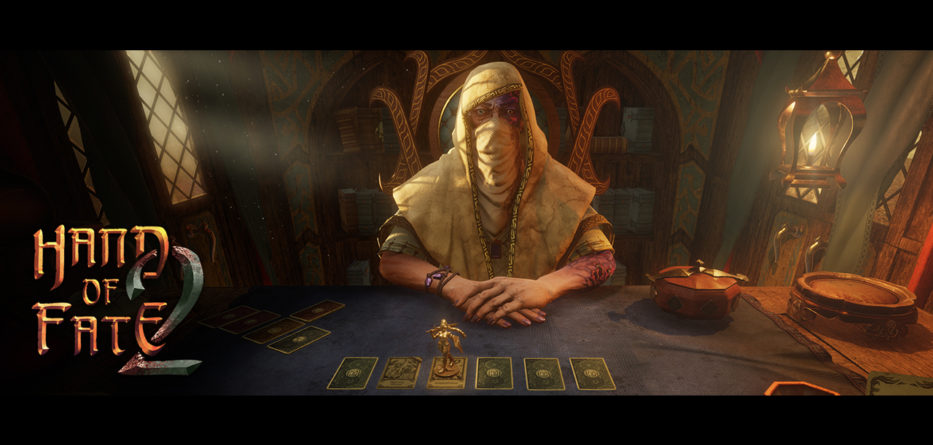
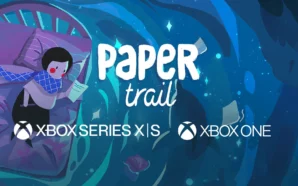

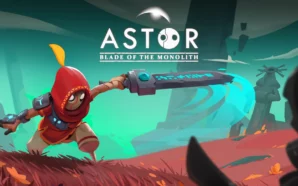

Nice review Ben. I have been meaning to check this game out.
Thanks Natalie, it’s very fun. The more I’ve played the more I want it to relegate the combat for card decisions and mini games rather than rely on it.